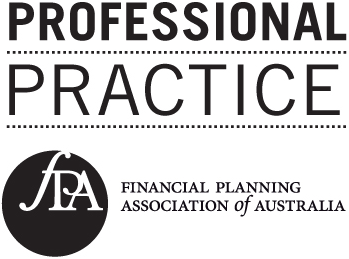Small SMSFs develop rapidly
The latest industry research has shown SMSFs with low balances grow to levels allowing them to become cost-efficient very quickly.

A significant number of SMSFs considered uncompetitive on a cost basis typically with balances below $200,000 have historically grown to exceed this efficiency threshold in a very short period of time, new industry research has shown.
A Rice Warner study commissioned by the SMSF Association and supported by SuperConcepts found this to be the case when analysing 6000 funds with holding assets of between $100,000 and $200,000 in value at the beginning of 2017.
Rice Warner found by the end of 2017 its sample size had grown to 8000 funds, however, over the 12 months around 2000 had already grown beyond an asset balance of $200,000.
At the conclusion of 2018, the analysis showed around 3000 funds had exceeded the $200,000 cost-competitive threshold, with around 400 in the cohort closed down.
Further, at the end of 2019, just over 3000 funds had balances greater than $200,000 and 1500 funds in the group had been wound up.
“What you see with this over the three years is there’s only a minority of the funds that stay in the range. The biggest single group are the ones that move above the range and there’s a smaller proportion, but still a material proportion, that are actually closed,” Rice Warner senior consultant Alun Stevens observed during an online presentation of the research today.
“If you look at the smaller ones [with balances of] $50,000 to $100,000, the number that close actually rises.
“So what we can see across these ranges quite clearly was the smaller funds were either there because they were in the early phase of their life and they grew quite rapidly … or they are funds that are at the end of their practical life and you see a lot of them get closed.”
As such, there are many SMSFs with small balances remaining in existence for a long time, Stevens noted.
The study into the sector showed SMSFs with asset balances of $200,000 or more are cost-competitive with public offer funds and can be the cheapest retirement saving vehicle when the fund asset pool is in excess of $500,000.
Darin Tyson-Chan
November 23, 2020
smsmagazine.com.au
Latest Newsletters
Hot Issues
- Aged care report goes to the heart of Australia’s tax debate
- Removed super no longer protected from creditors: court
- ATO investigating 16.5k SMSFs over valuation compliance
- The 2025 Financial Year Tax & Super Changes You Need to Know!
- Investment and economic outlook, March 2024
- The compounding benefits from reinvesting dividends
- Three things to consider when switching your super
- Oldest Buildings in the World.
- Illegal access nets $637 million
- Trustee decisions are at their own discretion: expert
- Regular reviews and safekeeping of documents vital: expert
- Latest stats back up research into SMSF longevity and returns: educator
- Investment and economic outlook, February 2024
- Planning financially for a career break
- Could your SMSF do with more diversification?
- Countries producing the most solar power by gigawatt hours
- Labor tweaks stage 3 tax cuts to make room for ‘middle Australia’
- Quarterly reporting regime means communication now paramount: expert
- Plan now to take advantage of 5-year carry forward rule: expert
- Why investors are firmly focused on interest rates
- Super literacy low for cash-strapped
- Four timeless principles for investing success
- Investment and economic outlook, January 2024
- Wheat Production by Country
- Time to start planning for stage 3 tax cuts: technical manager
Article archive
- January - March 2024
- October - December 2023
- July - September 2023
- April - June 2023
- January - March 2023
- October - December 2022
- July - September 2022
- April - June 2022
- January - March 2022
- October - December 2021
- July - September 2021
- April - June 2021
- January - March 2021
- October - December 2020
- July - September 2020
- April - June 2020
- January - March 2020
- October - December 2019
- July - September 2019
- April - June 2019
- January - March 2019
- October - December 2018
- July - September 2018
- April - June 2018
- January - March 2018
- October - December 2017
- July - September 2017
- April - June 2017
- January - March 2017
- October - December 2016
- July - September 2016
- April - June 2016
- January - March 2016
- October - December 2015
- July - September 2015
- April - June 2015


